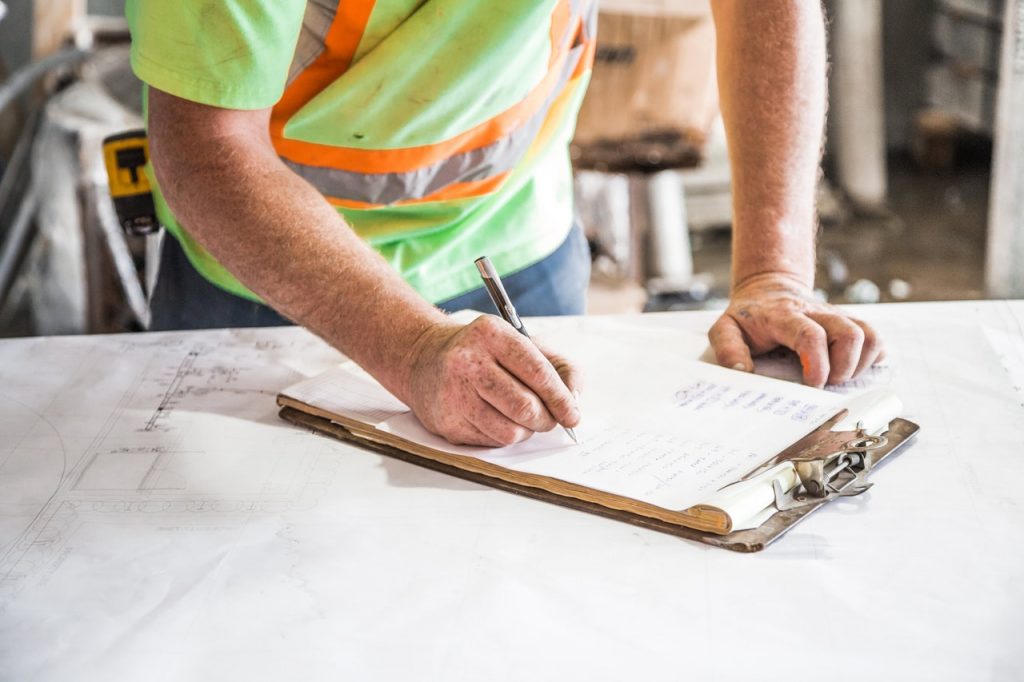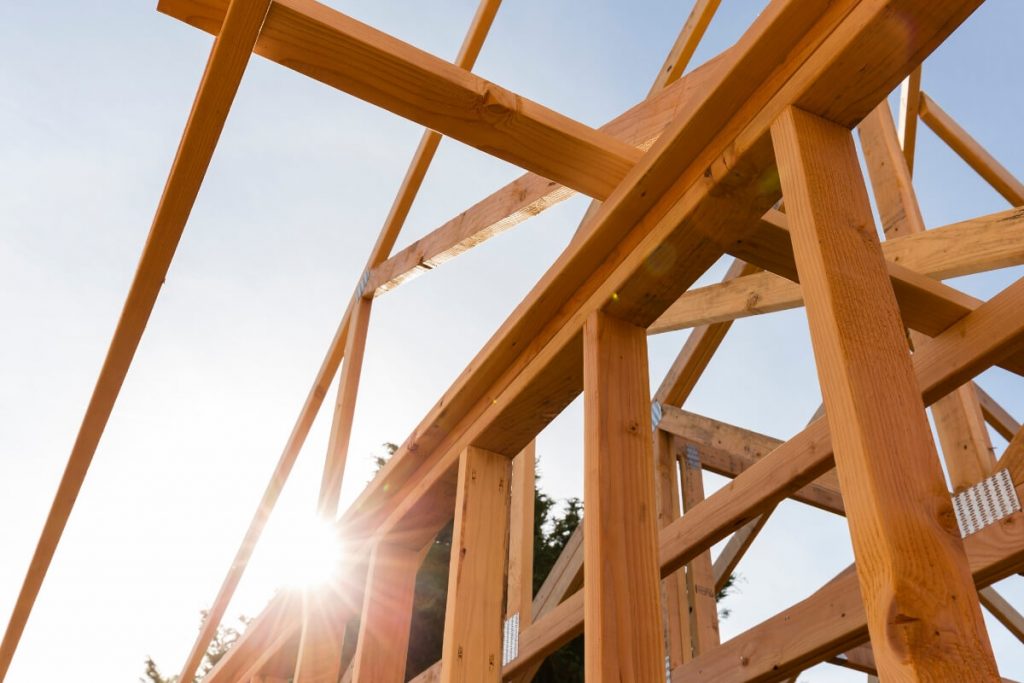Building your own home can be an intimidating process, especially when it comes to knowing where to start. Ideally, your home builder will be there to guide you through the process but you have to find one first—not to mention understand the technical terms associated with hiring a builder and the construction process! The good news? NIH Homes is here to help. We’ve compiled a list of some of the most important home building terms to help you get started. With just a little prep work, you’ll be talking the talk like a pro!
First Thing’s First, What’s a Bid?
A bid is an estimate a contractor will give you before any work has begun. It will detail the specified amount of work under a certain set of conditions, as well as the estimated costs of the project. The great thing about getting a bid is that you have the power to choose whether or not to accept the proposed conditions. With that in mind, it’s wise to get a few different bids before settling on a home builder so you can compare costs and find a contractor that not only fits your project but also your budget. But, make sure you pay attention to each line of the bid when comparing them. If one bid comes in much lower than another, it may be because it’s using different (and possibly poorer quality) products and materials. In that case, make sure to ask about the discrepancies and do your own research before moving forward.
The Who’s Who of Home Building
Most general contractors have their own set of trusted subcontractors and suppliers that they’ll use throughout the home building process. If the builder is using their own trade partners, they will handle ordering materials, delivery and installation timelines, measuring the quality of work, and payments. However, it’s still a good idea to understand what they do and how they contribute to your project.
General Contractor
The general contractor is the go-to for the entire project. From start to finish, the builder will take on full responsibility for the project whether that’s hiring subcontractors, paying the bills, or ordering materials. Any subcontractors the general contractor hires will report directly to them, and he or she will be your main point of contact.
Subcontractor
Subcontractors will provide materials and labor to the project but do not take responsibility for the construction project as a whole. For example, an electrition is a subcontractor and will refer to the general contractor.
Labor-Only Subcontractor
In contrast, a labor-only subcontractor contributes to the project but doesn’t order any materials or supplies. A great example of a labor-only subcontractor is a framer. While they perform the labor associated with framing your home, the general contractor likely ordered the lumber and coordinated its delivery with the lumber yard.
Talking the Talk During the Construction Process
Now that you know who will be building your home, it is important to understand the terms being used throughout the construction process of your home.
Site Preparation
The first step of the construction process is preparing the homesite. Below are some key terms frequently used during this phase.
Soil Investigation
Before excavation can begin, it’s important to determine what type of soil the homesite has. To do that, the builder will do a site analysis which includes taking soil samples. The soil investigation will help the builder determine what kind of foundation is best suited to the land.
Excavation
Excavation requires digging up the ground to establish where the home’s foundation and footing will be positioned on the lot.
Grading
One of the last steps in site preparation is grading, which helps get the ground ready for building. In addition to the initial grading, a final grading will occur during the last stages of construction and will be used to determine the shape and scope of the yard.
Foundation
Before the home can be built, the foundation must be laid. Depending on the home’s location, the foundation may be a full basement, crawlspace, or slab-on-grade. The most common material for modern foundations is poured concrete or a mortared concrete block. In addition, most homes will have a foundation with a raised perimeter to support floors and load-bearing walls.
Footing
The footing is a concrete base found at the bottom of the foundation wall and supports the foundation, pillars, and posts of the home. For added strength, footings are typically reinforced with re-bar.
Re-Bar
Re-bar is the shortened name for “reinforcing bar,” which is made of steel. During the construction process, re-bar is laid in the foundation and concrete is poured over it. The addition of re-bar strengthens the concrete.
Framing
With the foundation in, it’s time to build the bones of the home. Once this phase of the construction project has been completed, the builder can move on to necessities such as electrical, heating and cooling, and plumbing. From there, finishes touches start going into the home including cabinetry, floor coverings, and lighting.
Frame
The frame is the absolute bare bones of the home and includes the interior and exterior walls, roof, ceiling, and floors.
Studs
The studs create the vertical frame of the home, which can be made out of wood or metal depending on the structure.
Joists
Similar to the studs, joists create the horizontal frame of the home and can made out of wood or metal. Joists are meant to support the structure’s floors and ceilings.
Rafters
Rafters are structures in the roof that are individually constructed in an A-shape and are designed to support the roof.
Trusses
Trusses are the easier and less costly cousin to rafters and have a triangular shape that supports the roof of the home.
Sub Floor
Sub floors create a solid surface over the joists. Once they’ve been laid, the homeowner’s choice of floor covering can be installed over the sub floor.
Cased Openings
These are the home’s framed doors and windows.
For more information about the construction process, get in touch with our team. We’d be happy to answer any questions you may have about the terminology used while building a home, as well as building a home with NIH Homes. We can’t wait to hear from you!




